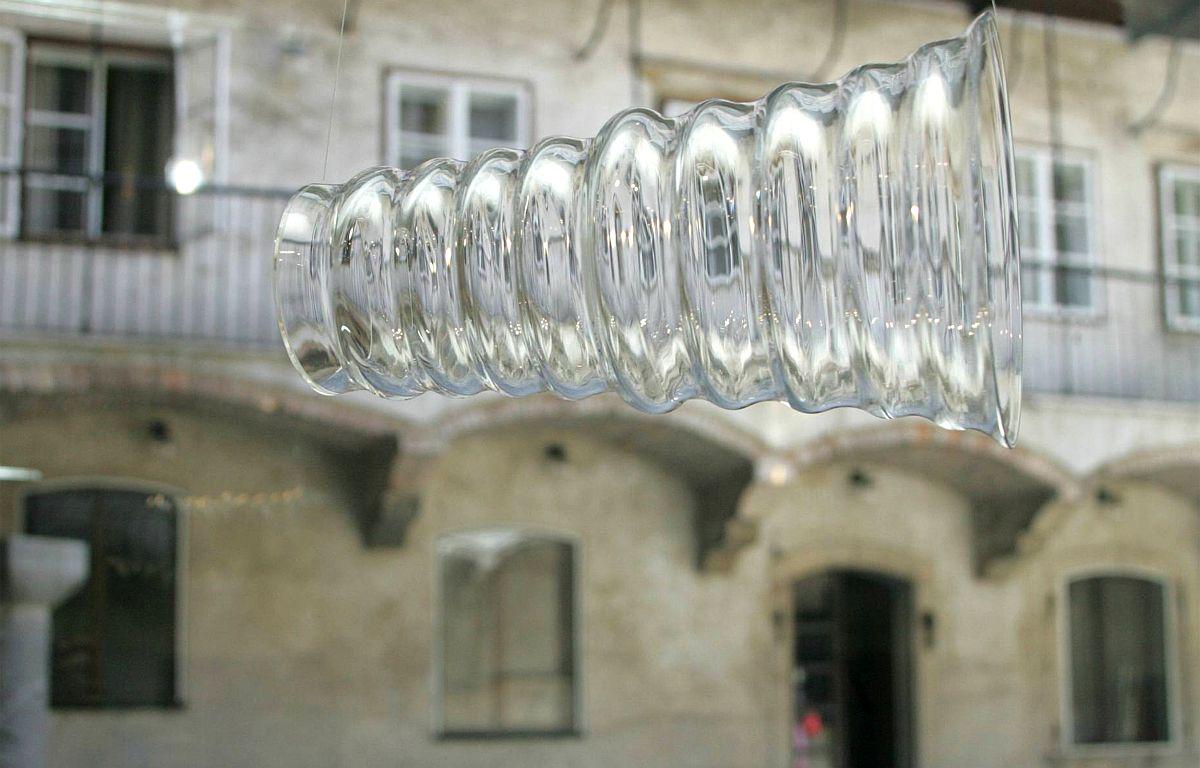The craft is glassmaking, and its origins go back centuries. The landscape itself has played a major role in the development of the glassmaking tradition. The area has always been rich in coal and wood, both of which provided the necessary fuel for glassmaking furnaces. Over the centuries, several glassmaking workshops emerged in the area, but many of them were active for just a few years.
After Lloyd of Trieste purchased a coal mine in Hrastnik, however, things began to change. In 1860, the company opened a new, modern factory, where various glass products were made much more efficiently than ever before. Within a few decades, the facility became the largest of its kind in Austria-Hungary and one of the first to introduce modern machinery. Among other things, it produced a separate line of glass just for lamps. After changing hands several times, the operation was taken over by a man named Franz Wieltschnigg in 1903. He expanded the company’s facilities and began marketing its products overseas.
Not everything went smoothly. After World War I and the collapse of Austria-Hungary, many German and Czech craftsmen left the factory. And in 1945, the operation was nationalized by the Communist authorities. However, the management of the company remained independent and was able to expand its range of products even further. In the 1950s, the Hrastnik Glassworks began to manufacture bottles for Cockta, a Slovenian Coca-Cola substitute. In the following years, it made everything from precision glass for the pharmaceutical industry to household glassware. And it soon attained the leading market position in Yugoslavia.
After Slovenia’s independence, the loss of the Yugoslav market and a major fire at the plant led to financial difficulties. To make things even worse, cheaply produced glass began to pour in from China.
The management of the Hrastnik Glassworks responded to the new challenges by going back to the workshop’s roots. They decided to focus on high-quality, finely crafted glass objects under the company’s own brand. Some of its new, innovative designs have won awards at international competitions.
In an era of mass-production, the Hrastnik Glassworks has found success by focusing on skills that have been perfected by generations of experts – and are likely to make quality glass the pride of the region for years to come.


































































